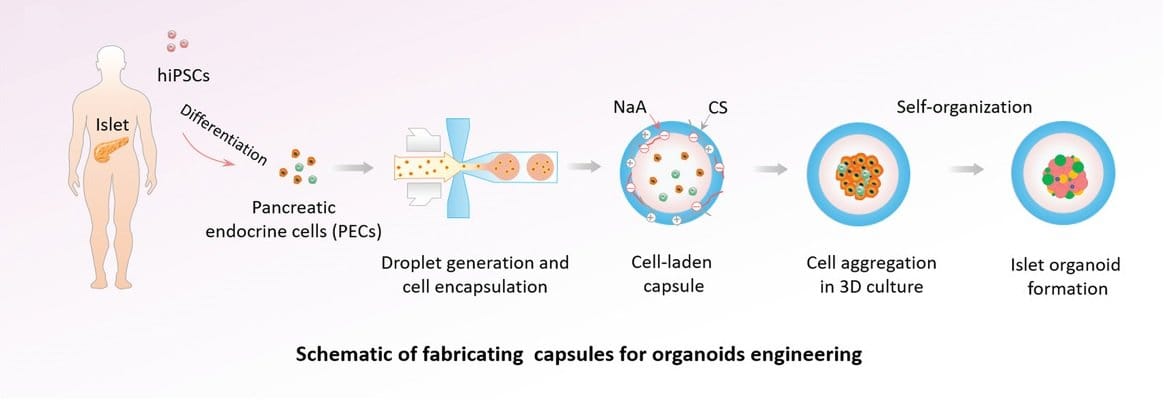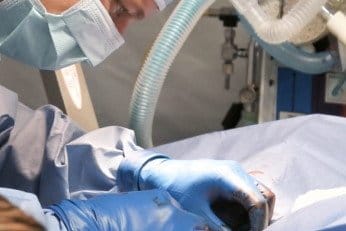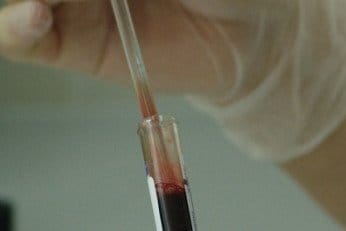
17 Apr A droplet microfluidic platform for stem cell organoid engineering
An organoid is a 3D cellular structure aimed at mimicking a specific organ. Organoids are stem-cell-derived replicas of organs that are capable of self-organizing and recapitulating the structural and functional characteristics of their matching part in the body. Although organoids bring about a promise to improve biomedical research, producing them in a repeatable manner is a major challenge. Also, the low-throughput of current systems should be overcome to encourage more researchers to benefit from this technology.
A group of researchers in a study published in Advanced Science journal have now taken advantage of a droplet microfluidic chip for the high-throughput culture of 3D organoids.
“This work provides a proof-of-concept to engineer human organoids using an integrative strategy by combining materials, droplet microfluidics, and stem cell biology, which offers a robust and scalable platform for organoid research and therapy”, the authors elaborated.
The conventional droplet-based microfluidics either generate oil in water or water in oil droplets. However, here such systems required employing organic solvents that could, in turn, cause protein denaturation and damage the chips. Therefore, they took advantage of oppositely charged Na-Alginate and Chitosan to develop an all-in-water droplet microfluidic device.

Reproduced under Creative Commons License
The microfluidic droplet generator chip produces ~150-250 µm hydrogel droplets with the proper monodispersity and permeability to enable the reproducible and high-throughput culture of organoids. They then suspended mouse islet β-TC6 cells in the core flow to encapsulate the cells within the hydrogel droplets. It was shown that the droplets could at least maintain the integrity of the cells for 25 days. Droplet microfluidic generation of these hydrogel capsules enhanced the throughput significantly and allowed for the generation of hundreds of capsules in 1 min which is considerably higher than current methods such as microwell plates. This was followed by identifying islet-specific functionality by immunostaining the islets that indicated the benefit of the capsules to form cellular spheroids.
Subsequently, the hydrogel capsules were used as 3D scaffolds for engineering pancreatic islets from human-induced pluripotent cells (hiPSCs). It was shown that the organoids were reproducible and presented an average size of 60-70 µm and maintained ~90% cell viability up to day 7.

Reproduced under Creative Commons License
All in all, the droplet microfluidic platform was very promising and could generate biocompatible, permeable, and uniform hydrogel capsules as 3D scaffolds to induce differentiation of hiPSCs and reproducibly culture and grow organoids at high-throughputs.
Read the original research article: A Droplet Microfluidic System to Fabricate Hybrid Capsules Enabling Stem Cell Organoid Engineering

Pouriya Bayat
Pouriya is a microfluidic production engineer at uFluidix. He received his B.Sc. and M.A.Sc. both in Mechanical Engineering from Isfahan University of Technology and York University, respectively. During his master's studies, he had the chance to learn the foundations of microfluidic technology at ACUTE Lab where he focused on designing microfluidic platforms for cell washing and isolation. Upon graduation, he joined uFluidix to even further enjoy designing, manufacturing, and experimenting with microfluidic chips. In his free time, you might find him reading a psychology/philosophy/fantasy book while refilling his coffee every half an hour. Is there a must-read book in your mind, do not hesitate to hit him up with your to-read list.
Read more on the progress of liver organoids and their new perspectives.
Microfluidic engineering advances sustain organoids and fuel the growing stream of organoid uses.
Being able to build human blood vessels as organoids from stem cells is a game changer.





